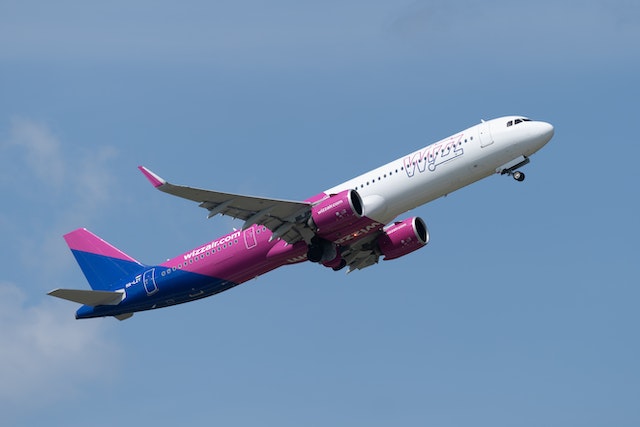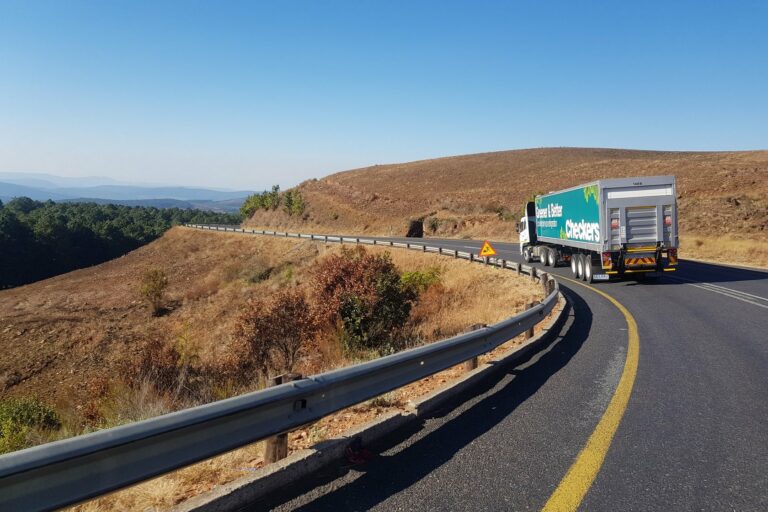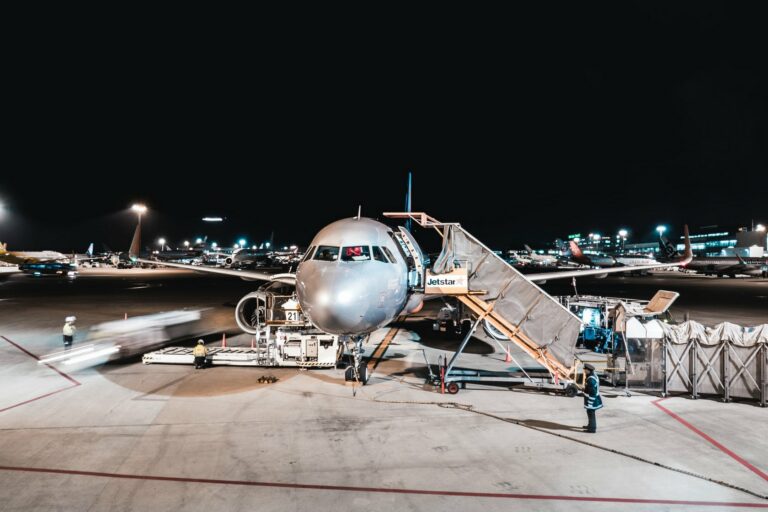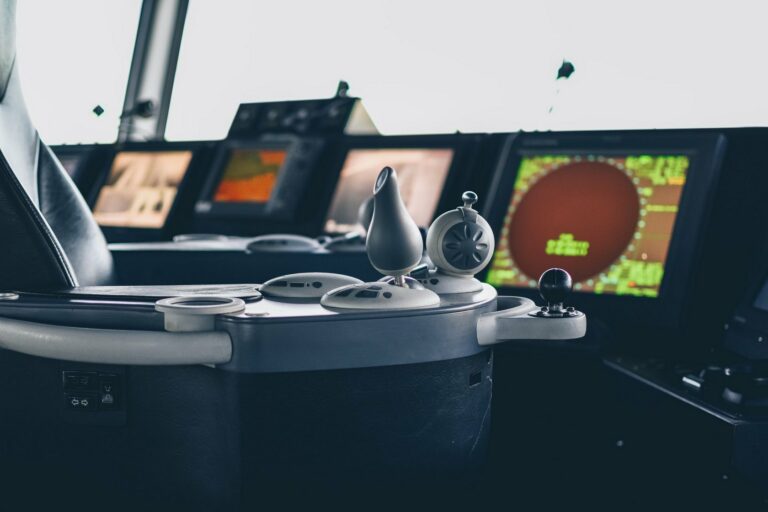It provides economical transportation of large cargoes, while offering a number of additional services, due to which it had an almost monopolistic position on the transport market. Only rapid development of automobile transport in 70-90s of the XX century led to reduction of its relative share in total income of transport and total cargo turnover.
The importance of railroads is still determined by their ability to efficiently and relatively cheaply transport large volumes of cargo over long distances. Railroad transportation is characterized by high fixed costs due to the high cost of railroad tracks, rolling stock, marshalling yards, and depots. At the same time, the variable part of costs on the railroads is small.
The main part of freight turnover is provided by the railroads by exporting minerals (coal, ores, etc.) from extraction sources located far from waterways. However, the ratio of fixed and variable costs for rail transport is such that it still benefits from long-distance transportation.
There is a relatively recent trend towards specialization of rail transport, which is associated with the desire to improve the quality of services provided by them. This is how triple-deck platforms for car transportation, double-deck container platforms, articulated cars, special-purpose trains appeared.
Special-purpose train is a freight train all wagons of which are designed for transportation of one product type, for example coal. Such trains are more economical and faster than traditional mixed trains, because they can, bypassing sorting stations, go directly to the place of destination.
Articulated wagons have an extended undercarriage, which is capable of taking up to 10 containers in one flexible coupling, which reduces the wagon load and reduces the time required for transshipment.
Double-decker container platforms, as the name implies, can be loaded with containers on two floors, which doubles the rolling stock’s cargo capacity. Such technical solutions help railroads reduce wagon loads, increase the carrying capacity of trains and facilitate loading and unloading processes.






